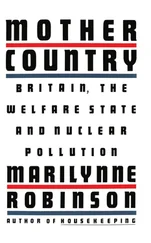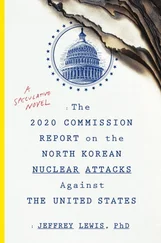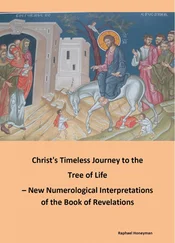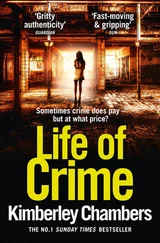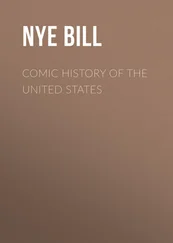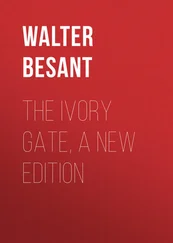Local authority control of education was rationalised, the number of authorities involved falling from 400 to 146 in England. The smaller boroughs, known as ‘Part III’ authorities, which controlled only elementary schools lost the right to do so. Primary, secondary and further education, ‘a continuous process conducted in three successive stages’, became the responsibility solely of counties and county boroughs. A new set of central powers was created for a new Minister of Education ‘to secure the effective execution by local authorities, under his control and direction, of the national policy for providing a varied and comprehensive service in every area’. 3The minister was given powers to ‘prevent the unreasonable exercise of functions’ by local education authorities or governors, and reserve powers to act if they were in default.
Therein, in a sense, lay the rub. For while the Act placed a number of duties on local authorities and strengthened central control, many of the minister’s powers were reserve powers. Butler was living with history; and the history which even in 1939 had left the churches with large-scale and burdensome responsibilities for education had also left local authorities running the rest of the school system. It was primarily a local, not a central, government function, and it was proudly defended terrain: Butler had to battle with significant parts of local government just to get rid of the ‘Part III’ authorities. And the resistance to central control – partly because of the long history of strife over religious education – was deeply inbred. Butler’s first remark to Churchill on taking the job reflected that sensitivity: ‘I said that I should like to influence what was taught in schools, but that this was always frowned on.’ 4
Thus, while the Act gave the minister powers to require local education authorities to draw up plans, and powers then to approve them, only in exceptional circumstances could the ministry dictate solutions. The powers were more of guidance, of influence and then of veto, rather than direction. In addition, they applied chiefly to organisation. There was no direct power to dictate what should be taught. The curriculum could indeed be influenced by advice and circular, it could and would be affected by the requirements of national examinations, but the minister could not lay it down. It is arguable that through financial regulations, ministers in fact had much more power and leverage than they used: but if they did, the culture remained against their using it.
Even guidance and advice was not entirely a ministerial matter. It was to be assembled in part by drawing on the newly created Central Advisory Councils. Their duty was to advise ministers ‘upon such matters connected with educational theory and practice as they think fit [my italics], and upon any questions referred to them by him’. Equally, the examination councils, while having ministry officials on them, were staffed by teachers and the education professionals. The councils talked to government and listened to it, but remained firmly and constitutionally independent. In a sense, education was to be run by two forms of bipartisan deal: the local authorities in partnership with the minister; and the minister and local authorities in partnership with the education professionals. No one was to be really in control.
All this provided a potentially healthy diversity, in contrast to monolithic state-dictated education systems. But such pluralism also produced a system which proved remarkably difficult to modify from the centre when problems were encountered. Given, to use Beveridge’s phrase, ‘a clear field’, something very different, more dirigiste or just simply more controllable, might have been devised. Had that happened, Kenneth Baker would not have been complaining just before he stunned the educational world with GERBIL, his Great Education Reform Bill of 1987 which produced the biggest single change since Butler, that ‘our education system is not the product of a single directing mind – a Napoleon or a Bismarck – let alone the expression of a single guiding principle. It has grown up by a process of addition and adaption. It reflects a good many historical compromises. In short, it is a bit of a muddle, one of those institutionalised muddles that the English have made peculiarly their own.’ 5
Butler, however, did not have a clear field. Like Beveridge, he had to adapt history in a coalition government whose main partners wished to avoid domestic conflict when there was still a war to be won. That made compromise easier, but the imposition of grand visions harder. For a start, educational reform had to be sold to Conservative back-benchers. And they, taken as a whole, and despite the emerging Tory Reform Group, were less keen on reform than Labour. Butler once complained his own side were ‘a stupid lot’ and on another occasion said: ‘I find in education that much of the drive towards a vaguely progressive future comes from Labour.’ 6As a result fees in direct grant schools were retained, despite Butler’s appearing to favour their abolition. 7When Labour MPs divided the Commons on the issue, they lost. And at one point Butler, despite his agnostic view of public schools, felt the need to provide the Conservative back-bench 1922 Committee with a vague assurance that their position would be safeguarded after the war 8– as indeed it was. On top of that, the Treasury and Churchill were endlessly worried about what money would be available. Whenever it came to reconstruction, Butler records, ‘the crippling qualities of expense were much in the minds of my coalition colleagues’. 9
All this helps to explain the loss of the opportunity to integrate public schools into the state education system. There would never again in the twentieth century be a moment when that would be at all feasible, and given the damage done by the public/private divide to education since, it is tempting to argue that Butler solved the wrong issue. Plenty of private education exists elsewhere in Europe, but it is often chosen for religious and cultural reasons, not for the class and opportunity-based divisions that have so marked Britain’s particular version of the public/private split.
Butler’s political motto, however, was always Bismarck’s ‘the art of the possible’ and settling the religious issue was the sine qua non for educational advance. Moreover, agreement had to be reached with churches who counted among their leading figures strong proponents of the public schools. In the end resolving the religious issues was more important than the problem of public schools. In addition, it was far from clear how their integration could be achieved. 10Nationalisation was an unlikely course for a coalition government. Drawing their teeth through central government’s compulsorily buying up large numbers of places would have been costly when Butler was not only under instruction not to spend but had bigger things to spend his money on, notably raising the school leaving age for all rather than buying a public school education for a few. The right would have opposed any such move; the left saw the initial effect of buying up places as propping up the public schools when they wanted abolition. But abolition – banning private education – was not on. Furthermore, there were obvious difficulties, which the Fleming report failed to answer, about how state-funded children were to be selected for this private, boarding education at prestigious schools. If they were chosen for intelligence and ability the better state schools would see their brighter pupils creamed off. If these were not to be the sole criteria, then what basis should be used for selection? Fleming had no clear answer to that, and by the end of the war the public schools’ financial crisis was over and whatever chance there had been of a solution was gone.
Читать дальше
![Nicholas Timmins The Five Giants [New Edition]: A Biography of the Welfare State обложка книги](/books/701739/nicholas-timmins-the-five-giants-new-edition-a-cover.webp)
